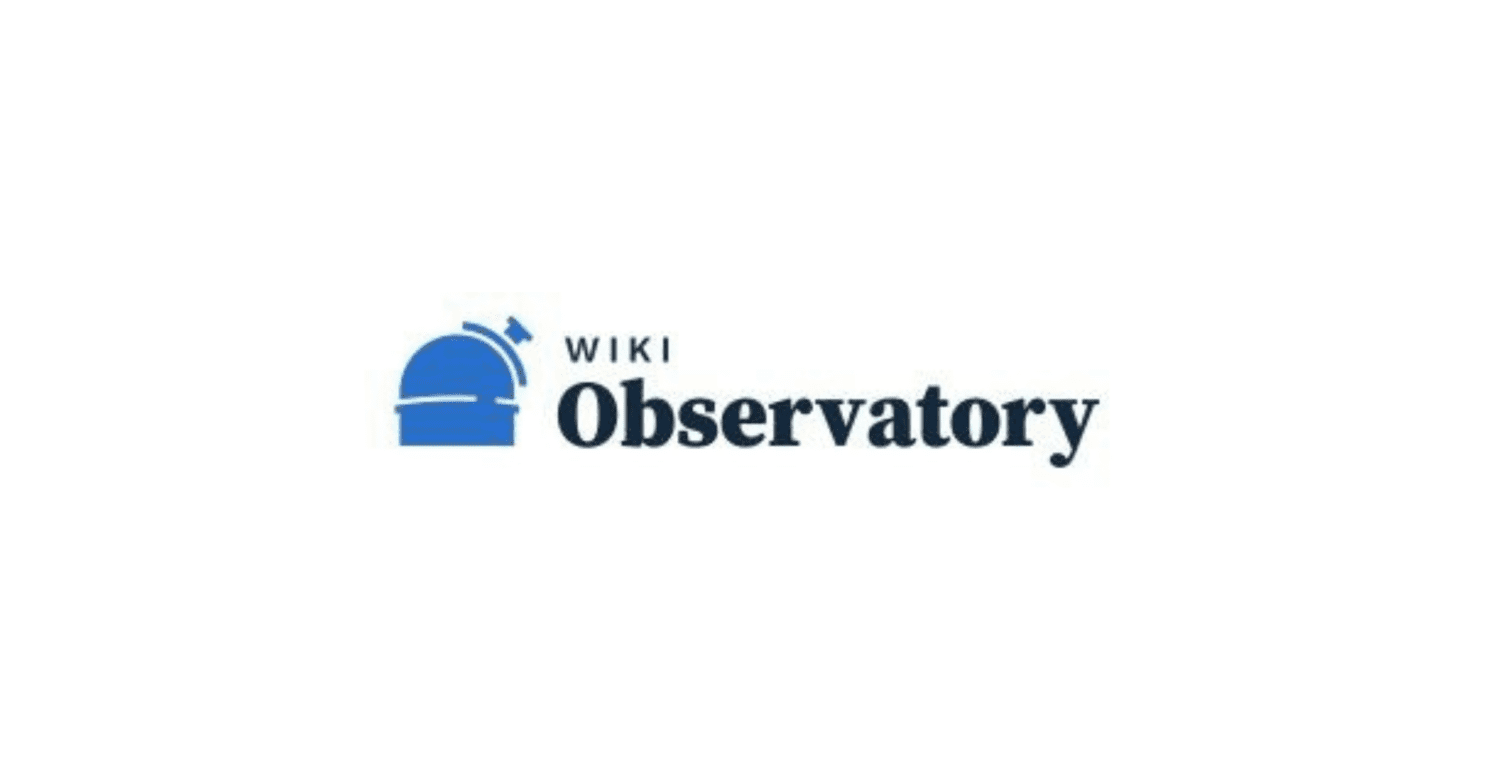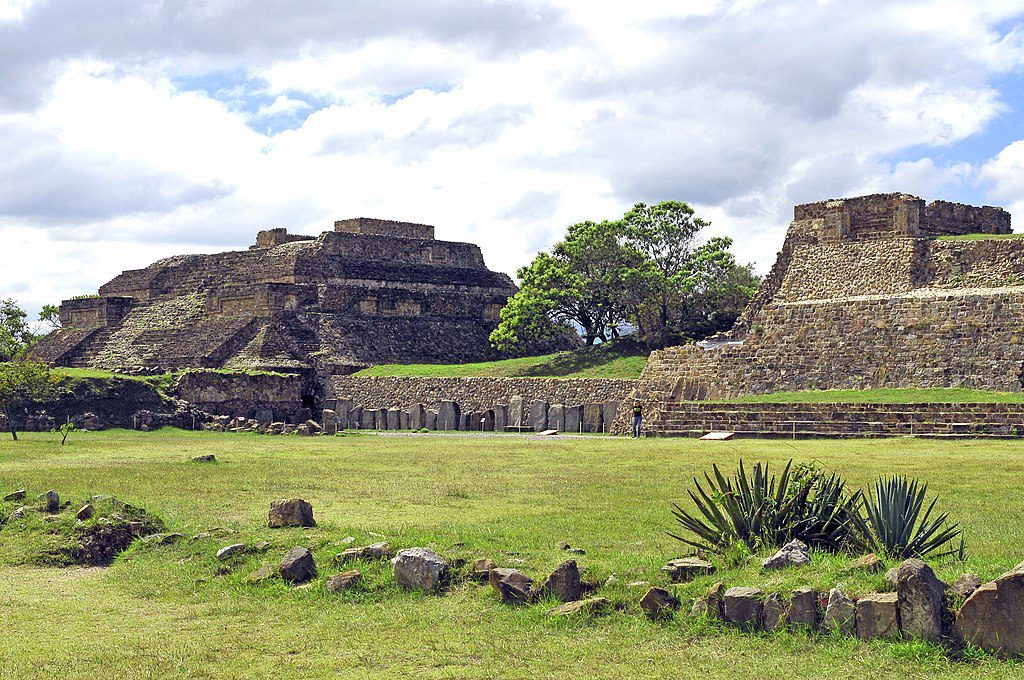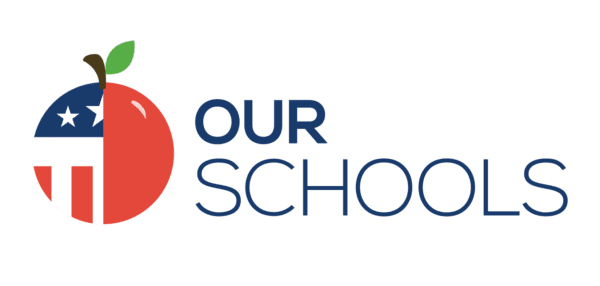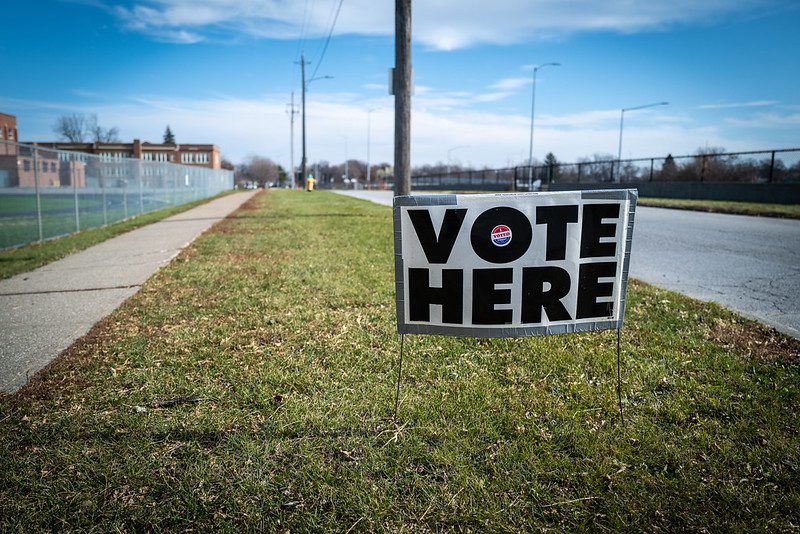Corporate media outlets have often furthered racist narratives, and do so even today. In contrast, independent media outlets have centered racial justice, offering platforms to marginalized communities.
By Sonali Kolhatkar
Right-wing media outlets such as Fox News have long pushed racist narratives to further their goals. And, outlets like the New York Times—the so-called “liberal media”—do too little, too late, to push back; it falls to the ranks of independent media outlets to create and promote counternarratives based on racial justice.
This is not a new phenomenon. Pacifica Radio, where I spent nearly two decades as a radio programmer, houses in its archive a rich library of recordings of civil rights leaders who are considered iconic heroes today, but who, during their lifetimes, were generally ignored or even vilified by the establishment press.
From talks by Dr. Martin Luther King Jr. and Rosa Parks to James Baldwin and Angela Davis, and almost everyone in between, Pacifica Radio’s journalists painstakingly recorded speeches and interviews featuring movement leaders and activists of color considered too controversial for the white-dominated press. Meanwhile, their mainstream counterparts only found the courage to do the same decades later, after society had concluded that the Black Freedom movement was on the right side of history.
That trend continues today.
Believing Black Accounts of Injustice
On December 22, 2014, I invited Patrisse Cullors, co-founder of Black Lives Matter, for an interview on my live morning drive-time radio show on 90.7 FM KPFK in Los Angeles (also televised on Free Speech TV). Together with her colleagues Alicia Garza and Opal Tometi, Cullors had helped to coin and popularize the hashtag “#BlackLivesMatter” in summer 2013, after the acquittal of George Zimmerman for the murder of Trayvon Martin in Florida.
Cullors, now a best-selling author and a sought-after speaker, at that time was not as well known to corporate media outlets and was rarely offered a platform to discuss ideas that corporate media outlets felt uncomfortable tackling.
She told me the origin story of the simple, but powerful phrase “Black Lives Matter” in the aftermath of Zimmerman’s acquittal:
“I just lost it, I was crying and disturbed. We have all this evidence that this young man was hunted by George Zimmerman, and yet George Zimmerman still gets off the hook. So, what do our lives mean?… For me, it was this intense amount of grief that came over me. But I’m also an organizer, and so I quickly moved my grief into action, and I just started going on social media and started writing [to] Black people and saying that I love them and checking on other Black people.
“Myself and Alicia Garza got into a Facebook conversation and she said this thing—to Black folks in particular who were saying, ‘We should have known better, of course they were gonna treat us this way’—she started saying to folks, ‘You know, I’m always going to be surprised. I’m never going to let them numb me from saying that our lives don’t matter.’ And she said, ‘Our lives matter, Black lives matter.’
“And then under the Facebook thread, I hashtagged ‘Black Lives Matter.’ And so, from there, literally in that moment, it was like a light bulb for so many Black people, and on social media at that point. And I started tagging Black folks saying, ‘Your life matters, Black Lives Matter.’ I started tagging all my Black friends. I got on the phone with [Alicia] that night. We said we wanted this to be a project. And so, a couple of days later on July 15, riKu Matsuda from ‘Flip the Script’ here [on KPFK] called me up to be on the show and I was going to talk about Black Lives Matter. It happened very organically.”
When I asked her if there was a link between the police killings of Black people and the history of Black people being lynched in America, Cullors said, “I think Black Lives Matter [activists]… are making those connections. And I think mainstream media is not talking about this.”
Although most news media in 2020 temporarily and superficially embraced the idea behind Black Lives Matter—the simple notion that Black people are human—they largely ignored it for the first seven years. Luckily, in the meantime Cullors had a platform to speak about her crucial work: the independent press.
‘If It Bleeds, It Leads’
Cullors had brought with her to the 2014 interview a young woman named Jasmine Richards who had become newly politicized that summer when a white police officer named Darren Wilson killed a young Black teenager named Mike Brown in Ferguson, Missouri. Richards went on to lead a chapter of Black Lives Matter in Pasadena, California, where I live.
In what was one of her first live interviews, Richards made an astute observation about why protesters had engaged in property damage during the racial justice uprisings in Ferguson: “They weren’t looting and messing up things to take them. They were burning things and messing things up so people could pay attention, so CNN could pay attention, ’cause that’s the only way a Black life would matter, is if you mess up some stuff and go crazy… What you see on TV is not really what it is.”
The idea that “if it bleeds, it leads” has long been a corporate media mantra, one that activists have taken note of. But independent journalists have generally refused to succumb to such pressures. Freed from the yoke of ratings and market valuations, independent journalists were able to explore and embrace the idea behind “Black Lives Matter” years before the corporate media caught on.
Similarly, independent media did not need to see videotaped proof of racist police brutality to understand that it was a systemic problem. In the era before smartphones, police claims (“he reached for his gun!”) countered those of Black survivors, and corporate media readily accepted law enforcement’s word. But independent media outlets, understanding the power dynamic between police and their victims, did not require proof of Black people’s word. If Black folks said they experienced racist police brutality, that was reason enough to investigate and report.
Although there are exceptions, the narratives at work in independent media spaces have generally questioned authority and been mindful of Black people’s humanity and truthfulness, whereas corporate media outlets have tended to reproduce an internalized narrative that police—and all other authorities—are almost always right.
Connecting the Dots to Build Racial Justice Narratives
Reluctant to connect dots and identify patterns in the public interest, corporate media outlets have often presented stories as if they are isolated incidents unconnected from one another. Malkia Devich-Cyril, founding director of MediaJustice, noted, “In stories about people of color, about Black people, in particular, the [media] coverage ends up being episodic versus thematic. History and context are lost in these stories.” For consumers of this type of programming, the political landscape can appear bewildering and overwhelming, best left to the “experts” to make sense of.
But context matters, especially in the case of Black Lives Matter. When presented in isolation, the phrase can appear jarring to those who enjoy white racial privilege. It can suggest that Black people are asserting their sovereign right to live in a way that’s confrontational to notions of racial hierarchy. It should not have surprised us, then, that the defensive rejoinders of “All Lives Matter” and “Blue Lives Matter” emerged soon after #BlackLivesMatter was formulated.
When contextualized within the historical arc of racial violence facing Black America—tracing back to the barbarity of enslavement, the horrors of Jim Crow segregation, the systemic and institutional racist structures that persist—the meaning behind the phrase “Black Lives Matter” becomes crystal clear. Black Americans are demanding that the nation start valuing their lives, history, and rights, for it simply hasn’t done so.
It is common practice within independent media to invoke history, to link seemingly disparate phenomena via common threads, to see the patterns that emerge, and to be unafraid to craft narratives with long historical arcs. This is one aspect of what sets us apart from corporate media. And it is what helps readers and viewers of such media to make better sense of the world and its injustices.
In contrast, by reporting isolated stories with little background or historical framing, corporate media outlets rely on the internalized racist narratives promoted by right-wing media outlets to fill in the blanks for readers and viewers.
Click here to read the article on ZNet.
This excerpt is adapted from chapter two of Rising Up: The Power of Narrative in Pursuing Racial Justice by Sonali Kolhatkar. Copyright © 2023 by Sonali Kolhatkar. Reprinted with the permission of City Lights Books. www.citylights.com. It was produced for the web by Economy for All, a project of the Independent Media Institute.









